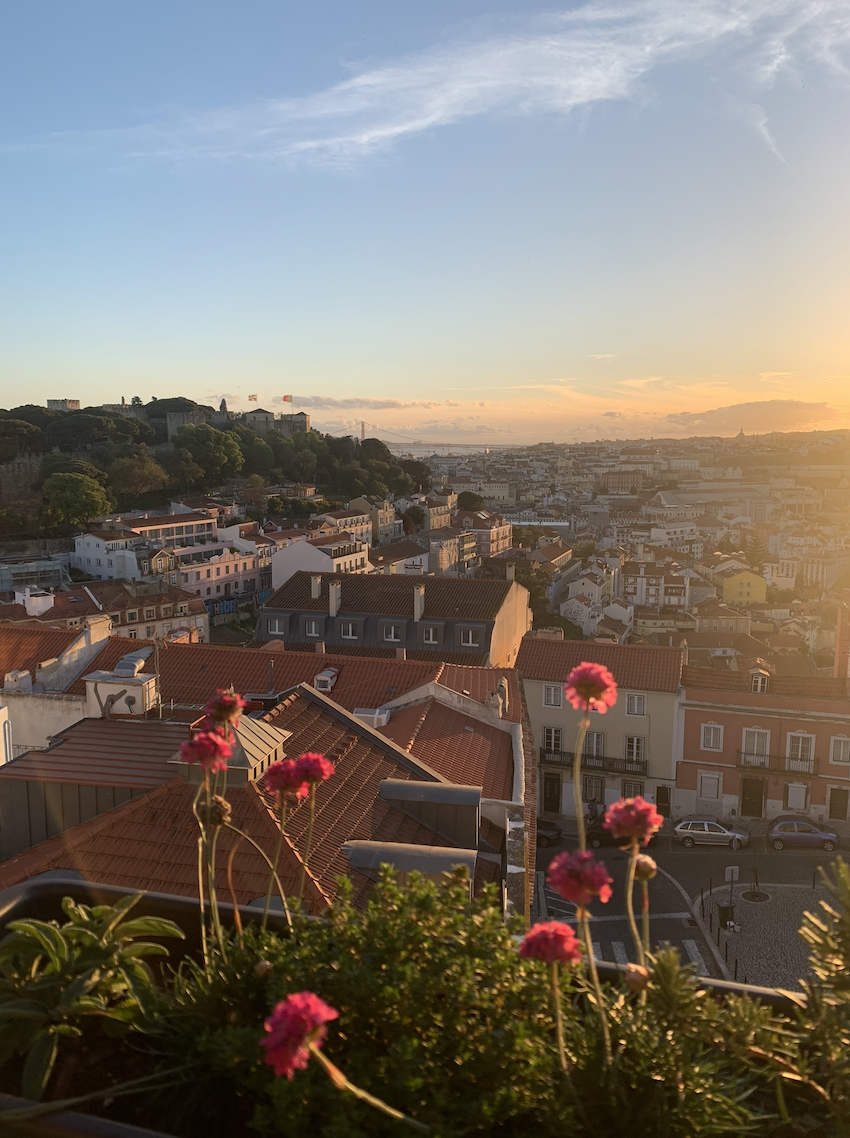Dialogue as a Tool for Curatorial Discourse
Luís Silva
How did Kunsthalle Lissabon come into being?
This is a project that João and I created back in 2009, as young curators we were very dissatisfied with the institutional landscape of the city and of the country, we wanted to do something different and play with institutional formats. So we created our own institution, meanwhile João left as he acquired the position of director of Arquipélago in the Azores, and I’m running Kunsthalle now as director, not as co-director anymore. We do four shows a year and 95% of the time these are solo shows, we’re a commissioning institution, so we invite artists to work on new projects. We work mostly with international artists and then we do a local artist every year. Besides exhibition making, publishing is also a very important part of what we do, we publish artist monographs and artist publications. We try to publish two books every year. This year we published two artist books, one by Ad Minoliti, an Argentinian artist, and the other by Laure Provoust.
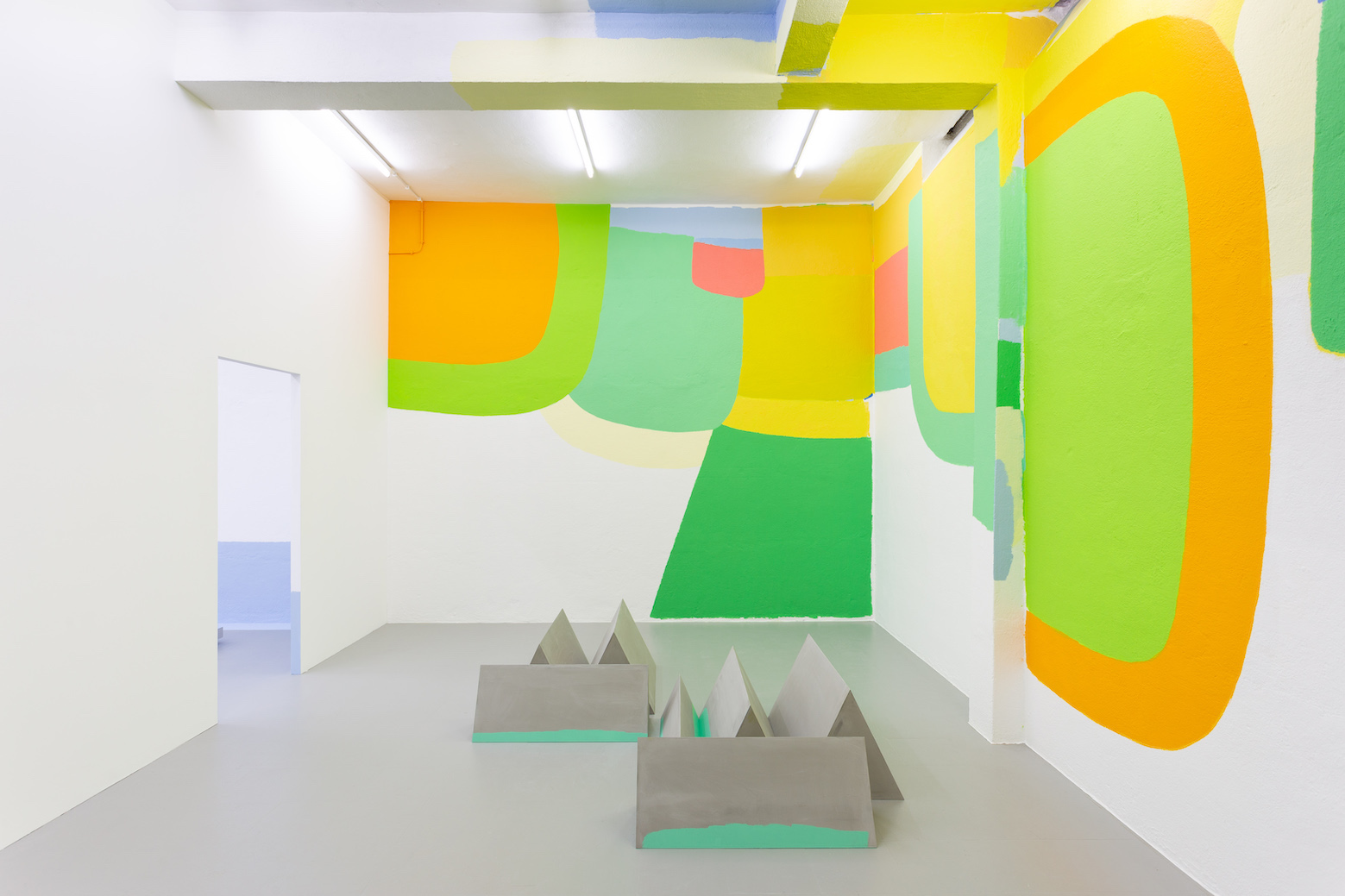
The space is divided between our office space, a tiny library and there are our artists editions and publications, downstairs is our exhibition space. We currently have a solo show on by a Costa Rican artist called Federico Herrero, a site specific installation, he works a with the visual codes of the Caribbean and Central America and interprets those legacies of visuality, making them into something of his own. Something I really enjoy, is having the possibility to enable artists to work on things that otherwise they would be terrified to do so, I like to joke that this is a space for failure, if you want to fail – fail here, this is a safe space – we’ll take care of you, if you have a crazy idea – then do it! We have done some crazy projects in past, in 2020 with Laure Prouvost having just finished the French Pavilion at the Venice Biennale, she was fed up with being restricted by safety regulations, and came here to this tiny space where she had free rein and covered the floor in squid ink and the space was animated by video projections, it was beautiful. The next exhibition, which opens on June 22nd, is by Argentinian artist Gabriel Chaile, he presented those huge terracotta sculptures at the Arsenale in Venice this year, Gabriel came to Lisbon over two years ago to do a residency, then COVID hit and he got stranded in Lisbon, he couldn’t go back to Argentina and he liked it so much, he just stayed!
João is now director of Arquipélago – Contemporary Arts Centre, which opened in the Azores in 2015. The Centre is a multidisciplinary and gives space to different artistic disciplines. Arquipélago is intended as a place for creation where artists may find a safe and nurturing environment where to experiment and test new ideas, concepts and approaches to their practices. On May 20th, the exhibition Feast. Fury. Femina. – Works from the FLAD Collection is set to open.
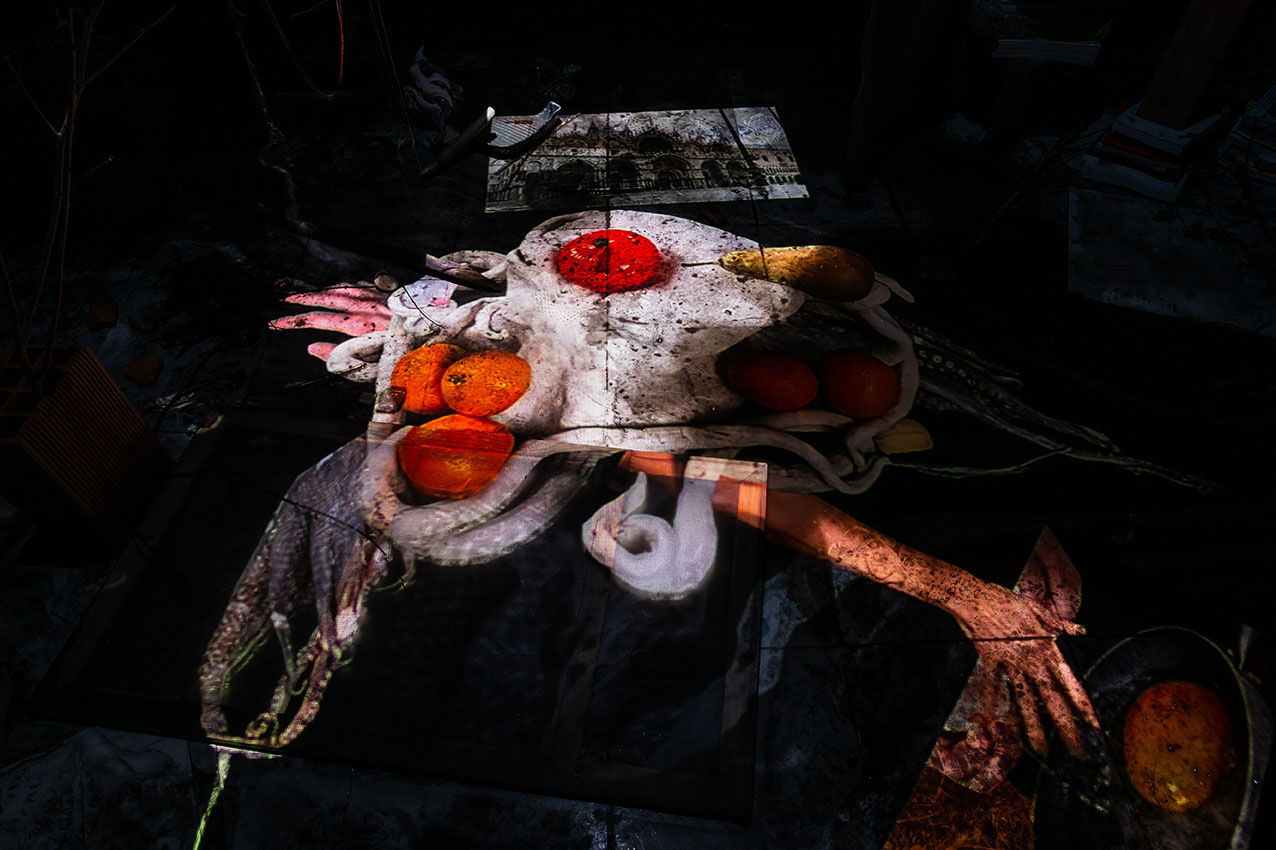
Why is it that you commit mostly to the format of the solo show?
As a curator I really enjoy one-on-one work with an artist, I’m one of those curators – I’m an artist curator. I feel mostly connected to the artist than to the artworks, so then the artworks or the exhibitions kind of embody the relationship we establish with the artist. So that’s how I understand the artworks, vis-à-vis my curatorial practice.
Tell me about curating the Portugal Pavilion at Palazzo Franchetti in Venice…
The projects is titled “Vampires in Space”, it’s a project by artist, writer and director Pedro Neves Marques. Pedro identifies as a trans non-binary person, so this is the first time that an exclusively queer project has represented Portugal, we’re a queer couple and the team had a bunch of queer people working on it. The cast of the film was also trans and non-binary, so it was a very relevant project to be shown in Venice this year, given the overall theme of the biennial.
The project describes this centuries long voyage of a group of five vampires throughout space, we don’t know that much about the mission, it’s more about the voyage than the destination.
When you say vampires, and when you say space, you’re already activating certain codes that we were socialised with, so you already lay the rules or the guidelines for the audience to understand the project. It is this very endearing, melancholic account of a centuries long trip through space where it’s always night, vampires never die, so they’re the perfect candidates for this mission and vampires have always been used to address issues surrounding gender and sexual orientation. So Pedro is using them for that purpose, but also for identity issues, gender identity issues, chosen families – what is a family? what is individuality? what is mental health? what is isolation?. It’s interesting that some people said that it felt that it was very related to what we’ve been through during COVID with the sense of isolation. The project was never thought of in those terms, but we’re still struggling with those things and it found a way into the project.
There are three films and a series of five poems that pillar the road for the project, and then there’s the scenography, because it’s in a Venetian Palazzo, so it’s crazy and over the top. We worked with an architect to create a scenography that brought the Venetian Gothic atmosphere of the space in close contact to a sci-fi spaceship atmosphere and that worked really well, so I’m super happy.
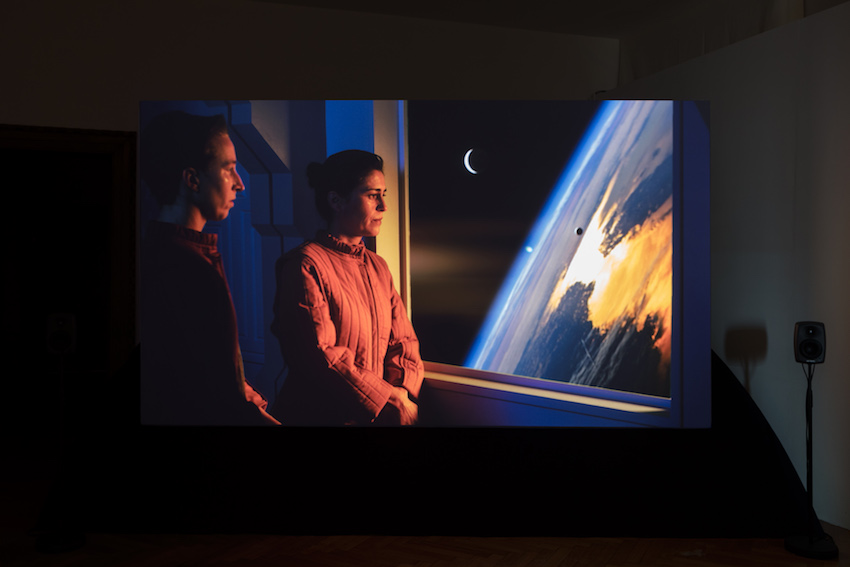
Both you and João have been curating together for a while now, how did this curatorial duo come about?
We’re a couple! We’ve been together for many many years and in 2009 we decided that we have so much in common, both as aspiring curators, we should start working as a curatorial duo. It was natural because we would go home and we’d be bouncing ideas off each other all night long.
Dialogue as a tool for curatorial discourse is something that we all also thought was really relevant. So that back and forth between two people kind of diluting individuality made us think of curatorial agency in a refreshing way.
So we have been a curatorial duo since 2009, then when João got the position in the Azores, we disbanded but we weren’t happy about it, because something was missing both on his side and on my side as well. Then Venice happened, I don’t know if you know how the process happens in Portugal, but the ministry of culture invites five curators to submit a proposal and then a jury evaluates and decides on a winner. We were invited as a duo and we were like, sure, let’s bring the duo back from the dead! We’re also working on another show in France to coincide with art Basel, and we’re also curating it as a duo.
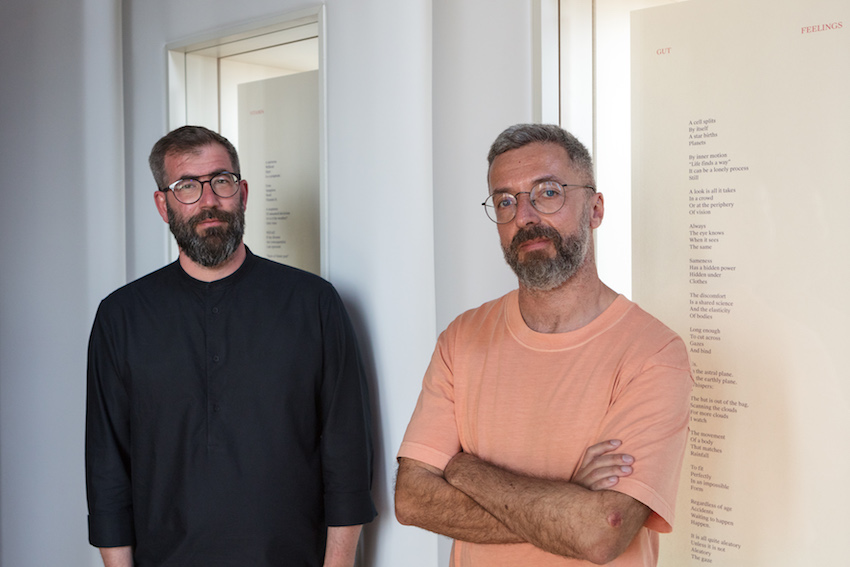
What was the most well curated show you saw elsewhere in Venice?
See, that’s the thing, I barely saw anything because I was installing and then taking care of practical stuff. I rushed through the Arsenale, and I rushed through the main pavilion of the Giardini. You know, when you go to the opening of Venice Biennale you always rush from one point to the other and your contact with the artwork is very brief. So we’re going to go back in September and then we’ll slowly go through everything.
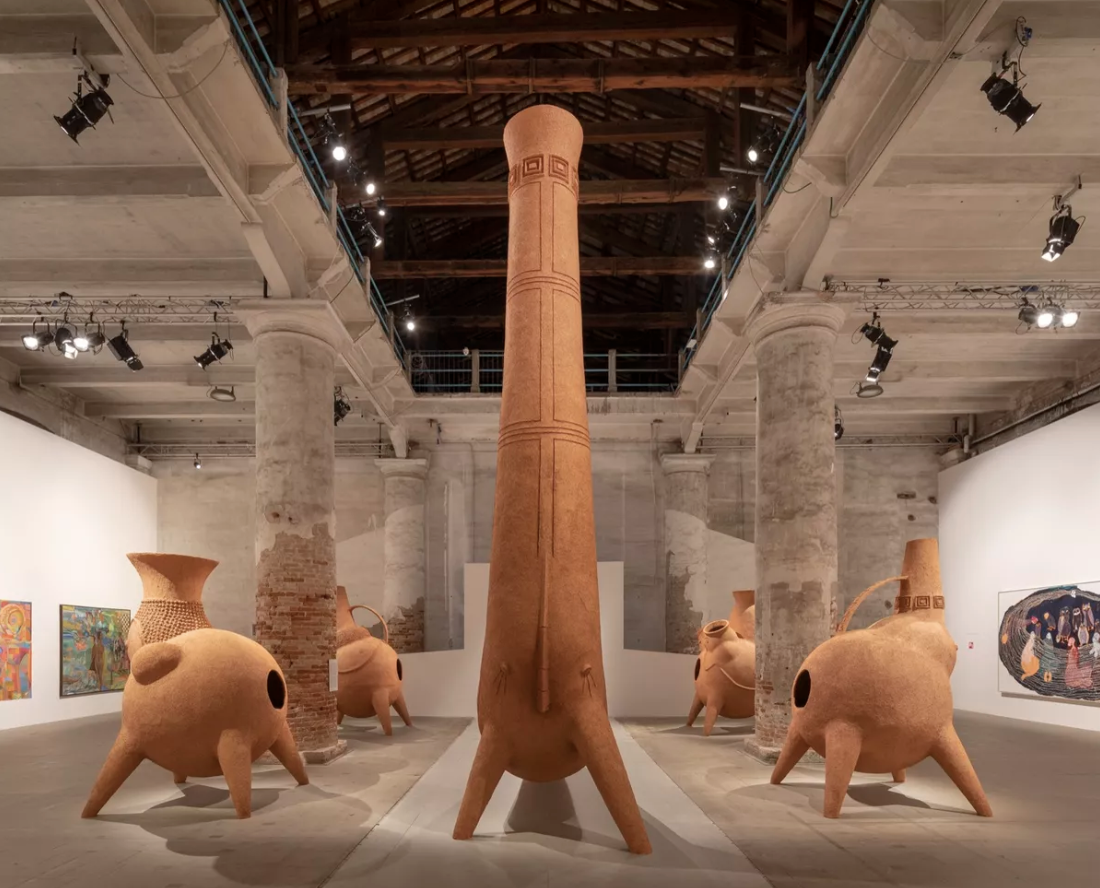
Are you involved in ARCO Lisboa at all?
João is on the jury of the Opening section and I am doing a talk on Friday. ARCO is great, for many years Lisbon didn’t have an art fair and that was unfortunate as it’s a very important part of the contemporary art ecosystem in Lisbon and in Portugal, so having a fair with the expertise of ARCO or with the know-how of the ARCO team is just great.
We have had a two year gap, which of course is unfortunate, it feels almost like starting all over again, but I think they’ve been doing a great job and people have been very, very supportive. I think we all understand the necessity of ARCO Lisbon and I think we’re all very committed to making sure that it becomes a really good art fair. They bring in a lot of people and the dynamic that an art fair creates in terms of openings, in terms of people flying in and I sense that everyone is really excited this year.
What are your thoughts on how Lisbon has changed so rapidly in recent years, with the influx of tourism, expats etc?
Where should I start? Lisbon, you know, is a peripheral city in Europe. There’s no way around it, it’s the end of Europe. So we always collectively felt a sense of isolation from the rest of Europe. You know the only place we can drive to is Spain, so that sometimes felt very isolating. Of course you can fly somewhere, but mentally that was the sense that people felt and that’s why a lot of people left. They went to London, they went to Berlin, they went to the States just to be elsewhere, just to have that sense of connection, of belonging to somewhere or to something, and then things started changing, around 2009. That’s when you started hearing rumours of Lisbon being the new Brussels. We all were super excited, of course, because that meant connectedness and that meant people moving in, but then the crisis hit and everything just disappeared as Portugal was one of the worst hit countries.
What pulled us out of the crisis, to a certain extent, was tourism, gentrification, expats and that was good to a certain point but then the kind of the cool factor of Lisbon is something that functions a little bit against us because it drives prices up, because it pushes people to the peripheries as housing becomes so much more expensive.
Let me backtrack a little – the Lisbon art scene can be very self absorbed, very small, very self-referential, we all understand there are hierarchies in place and we all perform them and we all reproduce them. Even though I’m aware and I’m critical, I end up reproducing the system too. But when you have a bunch of curators, writers, art people who come to the city, but who do not recognise that hierarchy and is not interested in becoming part of it, then that’s really interesting. It’s really refreshing when you have a bunch of artists who have no idea who ‘so and so’ is, despite the fact that that person is super important to me. I think that’s really interesting and that’s how I can appreciate the influx of people relocating to Lisbon.
What are your top 5 contemporary art spaces in Lisbon?
This one of course, but perhaps I’m biased! There is Hangar in Graça, it’s a similar project to Kunsthalle, even though the scale is different, they’re bigger and more ambitious, but also non-profit and started probably around the same time as us. They have a very specific focus on post colonial discourse and debates, they’ve been doing that for many, many years. And now of course I think they’re super relevant and they have a very strong public programme.
Then you have the big institutions, such as Gulbenkian which unfortunately is now closed, they’re renovating the building. So there’s no modern art centre now, but I’m very hopeful that once they reopen the programme is going to be excellent, so I’m really hopeful for 2023 when they reopen, fingers crossed that they open on time because we need it back.
The commercial galleries, they do a very important and solid job in Lisbon. For years the institutional landscape was very conservative. So you would go to the galleries to see exciting, cutting edge projects. You have Cristina Guerra, of course, Pedro Cera, you have Vera Cortês and then you have a series of younger generation galleries, which I think do a really great job, a completely different vibe from the more established ones, tiny spaces, very agile.You have Madragoa for instance, you have Francisco Fino, you have a bunch of people who are doing great jobs and then you have artist run spaces that pop up and then disappear, those bursts of energy are really exciting, they never last long and they shouldn’t, that’s the beauty of them.
I think the beauty of it is that most things for a newcomer it will seem that the art spaces are hiding, of course they’re not, it’s a process of discovering them. Once you get to know it and understand where everything is and how everything is structured, then you you’ll understand that we’re not hiding at all, it’s just that it maybe difficult to navigate at first.
Can you disclose to My Art Guides readers a few insider secrets regarding where to go to eat and drink in Lisbon?
I’m not going to answer that! No sorry, Lisbonites have an unspoken agreement that we don’t share!
I’m teasing! Restaurants and bars keep opening and closing, they keep changing chefs. So what you love today may not be the same in a month or so, it’s always tricky. There’s one in Alfama, Alfama is touristy but this place is not a tourist trap. It’s a very simple restaurant called Patio 13, they just grill fish or meat outside in a tiny little square and there’s a bunch of tables, it’s just gorgeous, it’s the quintessential Lisboa experience of eating outside.
There’s one outside of the historical centre near Gilbenkian called Luzboa, it’s a Portuguese tapas style restaurant. I always go there whenever we have guests and they love it. Across the river, if you take the ferry and walk along the water until you reach the end, there’s also a place called Ponto Final (full stop), it is a little touristy because you have an immense view over Lisbon, but if you get a table outside at sunset it is just beautiful and they serve good traditional Portuguese style food.
I love a good glass of wine outside especially when the sun is setting. The good thing about Lisbon is that it is very hilly, so you get these beautiful views over the river and of the other hills, it’s just about finding a strategic cafe or bar or kiosk, in Graça for instance, order a bottle of wine (being in Portugal we have great wine) and watch the sunset, I love that a thousand times better than sitting inside a tiny crowded bar!
